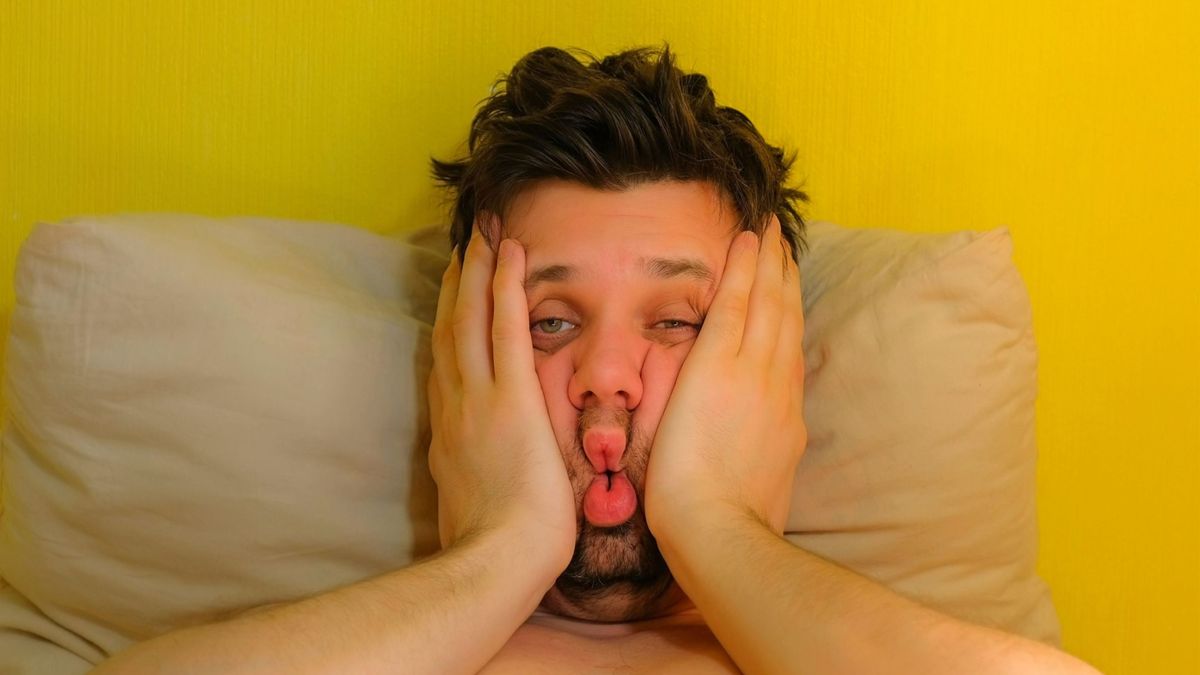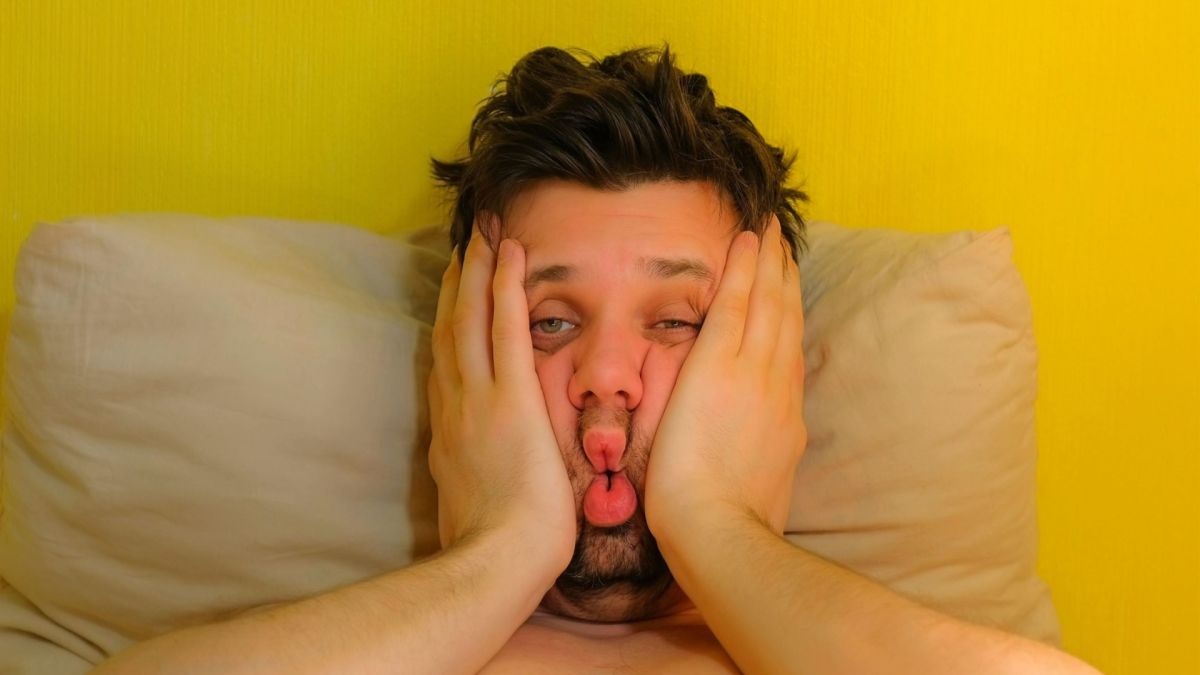
When someone’s had a good night’s sleep, they say, “I slept like a baby.” No one says, “I slept like a middle-aged man.”
Sleep is a precious commodity that, in the stock market of life, steers into a bear market once you hit middle age. I haven’t slept through the night in a decade. No mattress or pillow satisfactorily cushions my body and I’ve enough middle-of-the-night, half-looking trots to the bathroom to qualify as a midnight marathon runner.
Enter technology to solve – nay – track my woes.
Most wearable technology now offers sleep tracking as if all of humanity cried out at once for a binary entity to stand watch over their dreams. I’ve worn a few of them. Most recently, I spent the night with both the Withings Scanwatch Horizon and an Apple Watch 7 (one on each wrist) to compare their sleep-tracking skills. At the time, the Scanwatch Horizon was a more adept tracker.
Apple’s watchOS 9, which it unveiled this week at WWDC 2022, is set to change that equation. The updated wearable OS, which is in developer beta now and will ship this fall, adds “sleep stages.” This means the watch will know when I’m in REM (Rapid Eye Movement, associated with dreams), Core (also known as “slow-wave sleep,” and an essential part of sleep), or Deep Sleep (actually a part of Core Sleep). It’ll do all this using just the watch’s accelerometer and heart rate sensor.
Apple updating sleep app with Sleep stage data #WWDC22 pic.twitter.com/ubKD72muJHJune 6, 2022
A good sleep should feature all of these stages. My sleep features REM and not nearly enough Core, at least that is what I’m certain watchOS 9 would show me in its new, detailed charts.
I’m not arguing with the obvious benefit of a sleep tracker, which can give form to the patterns and problems of your sleep.
On the other hand, I don’t need a smartwatch to tell me I wake up every 25 minutes or so.
During that aforementioned test, my sleep was worse than usual because I was wearing two bulky watches on my wrists. At least the Apple Watch is slimmer, lighter, and smoother. Sleeping with the Withings Scanwatch Horizon was insane. I would roll over on my hand and the watch’s rotatable bezel would cut into my ribs.
Just because the Apple Watch is more comfortable doesn’t mean it feels like a natural part of my sleep. Without painting too much of a picture, I like to be relatively unencumbered in bed. I wear PJ bottoms and nothing else. Lying in bed with a watch on, I often feel like The Princess and the Pea. It’s a small gadget with a big impact on my comfort.
Leaving aside comfort, I struggle to understand how having all those details about my sleep troubles is going to improve the situation. I think it’ll simply put an exclamation point on it. “So, you thought you were sleeping terribly? Let me show you the monstrosity it truly is! How are you even surviving?!”
Sleep, like eating, is a fundamentally human thing – it’s a living thing. It’s also when we are most vulnerable. Why must we introduce technology to it?
I prefer the purity of a technology-free sleep (I say as I reach for the alarm on my iPhone, which I position right next to my bed).
When watchOS 9 arrives as a public beta next month, I’ll probably try the sleep tracking – for work purposes – but as soon as that’s done, I’ll take the watch off before bed, and enjoy another fitful night. I already know all I need to know about my abysmal sleep habits, with or without an Apple Watch and watchOS 9.
Speaking of the Apple watch, does anyone know why it took so long for Apple to add heart rate training?
